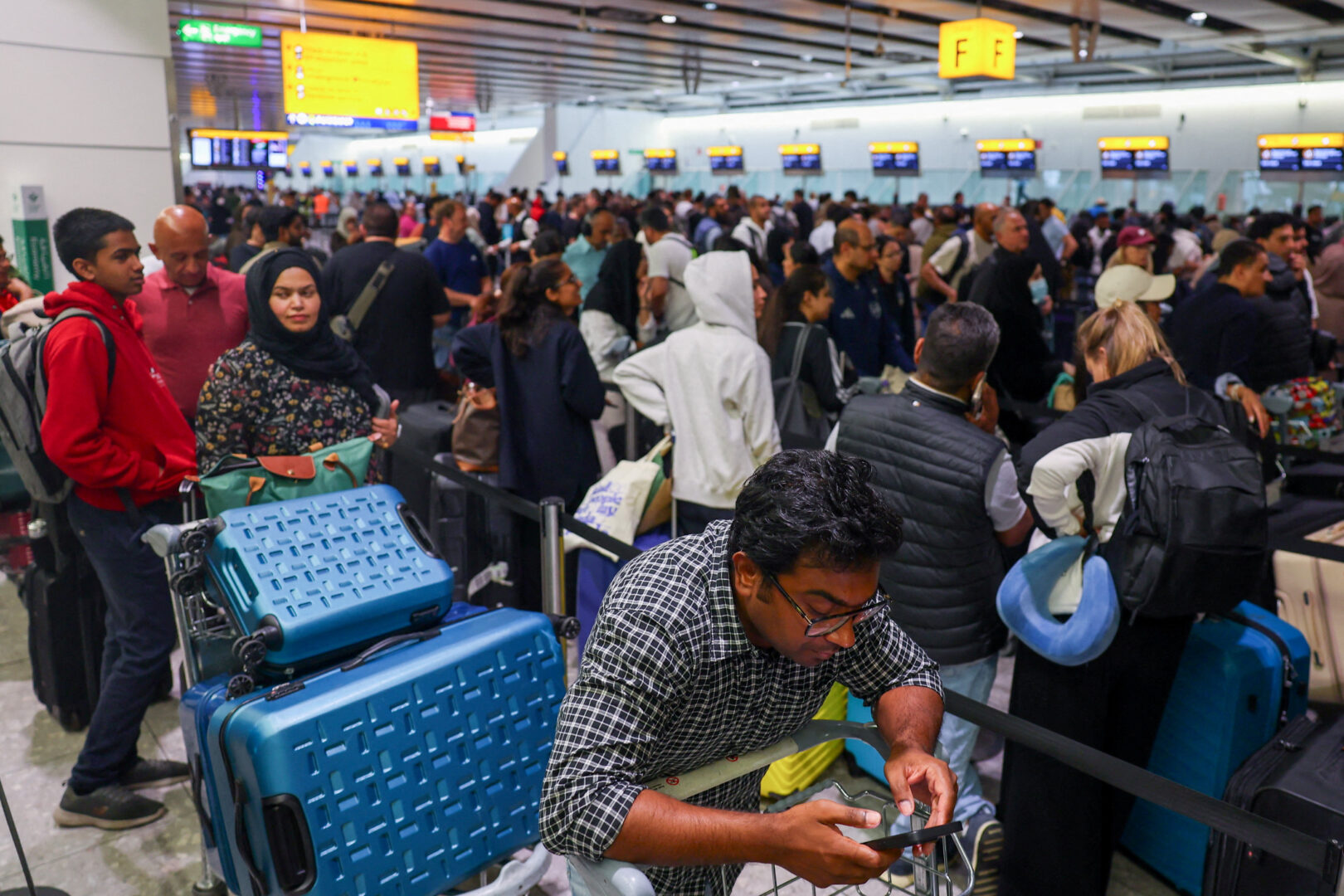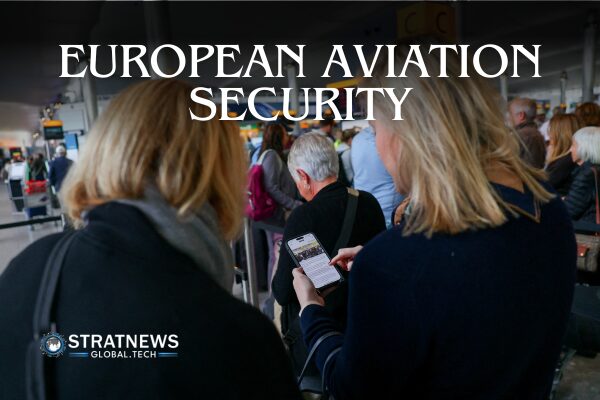Drone Disruptions and Cyberattacks Expose Weaknesses in European Aviation Security
A wave of cyber and drone incidents is testing the resilience of Europe’s aviation infrastructure, raising fears of coordinated hybrid attacks. The latest disruptions began on Monday, when drones forced flights to be grounded for several hours at Copenhagen Airport, Denmark’s busiest hub. Prime Minister Mette Frederiksen linked the event to suspected Russian incursions and similar disturbances elsewhere in Europe.
At the same time, drone activity was reported in Oslo, while major airports including London Heathrow, Berlin and Brussels suffered outages after a ransomware attack crippled check-in systems. Investigators are still working to establish who was behind the incidents.
“These events test our reactions as much as our defences,” said Jukka Savolainen of the European Centre of Excellence for Countering Hybrid Threats. He described them as typical examples of “hybrid threats” aimed at disrupting critical infrastructure.
Russia’s ambassador to Denmark, Vladimir Barbin, dismissed allegations of Russian involvement as “ungrounded”. Reuters has not independently confirmed the source of the attacks.

Aviation sector shows critical vulnerabilities
The disruptions have highlighted how fragile aviation systems can be, with failures in a single part of the supply chain rippling across Europe. Hundreds of flights were delayed or cancelled, with passengers stranded.
“This attack shows just how vulnerable highly connected industries like aviation can be,” said Bart Salaets of US cybersecurity firm F5, referring to the hacking of Collins Aerospace software.
Analysts have warned of increased hybrid activity across Europe, ranging from drones to GPS interference. Eric Schouten, director of aviation security firm Dyami, predicted drone activity would escalate: “It’s getting worse and in my opinion it won’t stop.”
Airports and airlines are urging governments to provide stronger leadership, clearer regulations and more effective protection measures for critical infrastructure.
Rising costs complicate security upgrades
While experts urge regulators to tighten standards, the cost of upgrading airport defences poses a challenge. Technologies such as drone-jamming tools, lasers and tracking systems require millions of dollars in investment, slowing widespread adoption.
The International Air Transport Association (IATA) has said anti-drone solutions remain expensive and are often out of reach for airports. In the US, the Federal Aviation Administration (FAA) receives more than 100 reports of drones near airports each month, underscoring the scale of the challenge.
Jake Moore of Slovakian cybersecurity firm ESET emphasised the global risk. “When aviation supply chains are attacked it creates disruption on a global scale. Regulators need to tighten standards even more for critical aviation IT suppliers,” he said.
Aviation experts agree that whether the recent attacks were financially motivated or politically driven, they reveal how exposed the sector remains in an increasingly digital and contested world.
with inputs from Reuters


